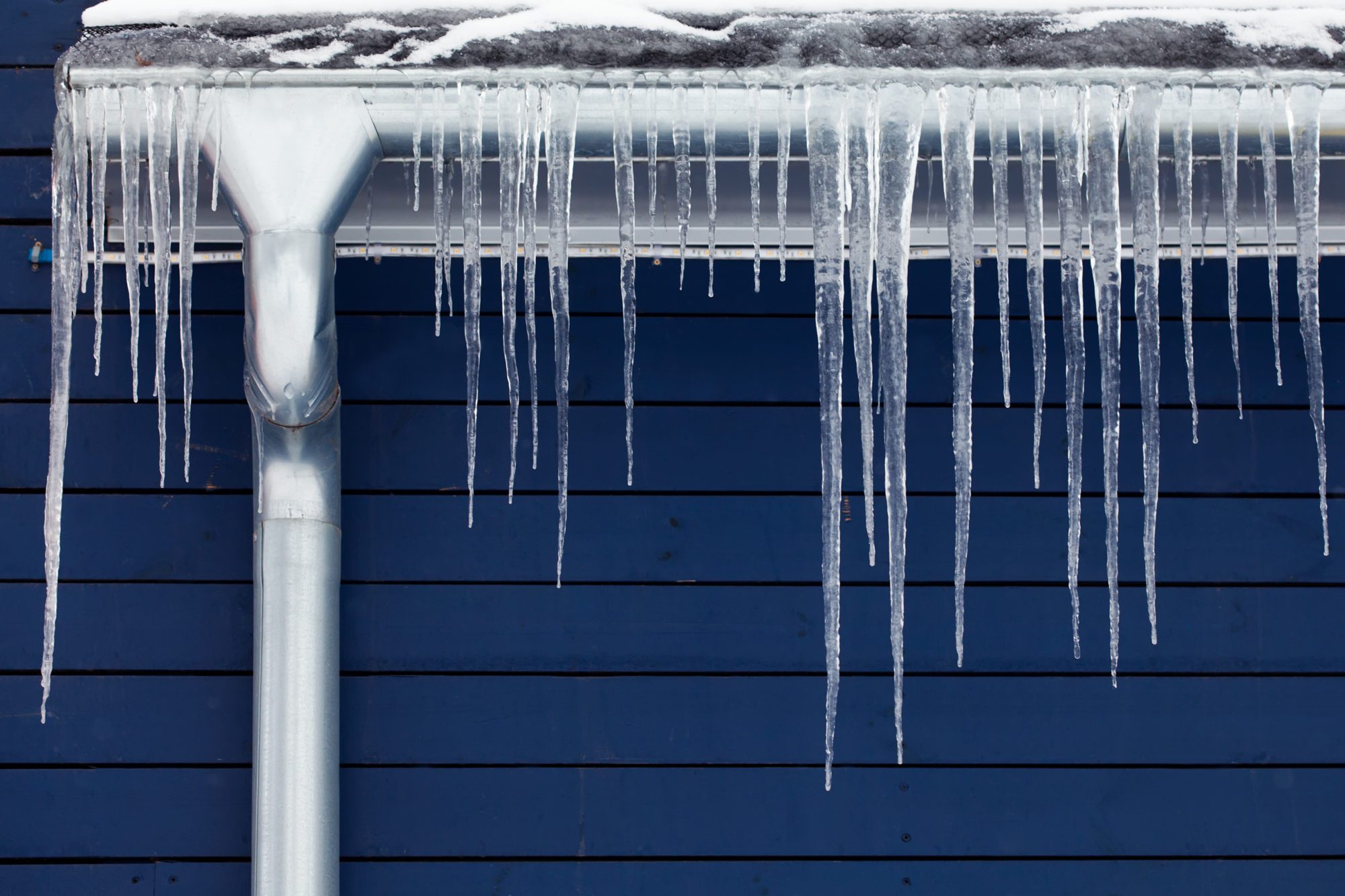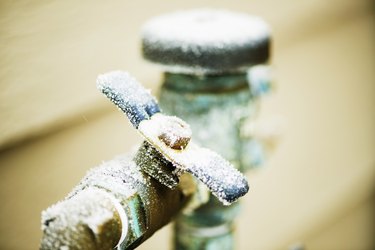Important Tips to Avoid Frozen Pipes in Cold Weather: Professional Insights
Important Tips to Avoid Frozen Pipes in Cold Weather: Professional Insights
Blog Article
On this page in the next paragraphs you can discover more awesome data involving Winter Plumbing Precautions: Preventing Frozen Pipes.

Cold weather can ruin your plumbing, particularly by freezing pipelines. Below's just how to stop it from happening and what to do if it does.
Introduction
As temperature levels decrease, the threat of frozen pipes boosts, possibly causing expensive repair work and water damage. Comprehending just how to stop frozen pipes is vital for homeowners in cool environments.
Prevention Tips
Insulating susceptible pipelines
Wrap pipelines in insulation sleeves or make use of warm tape to shield them from freezing temperature levels. Focus on pipelines in unheated or outside locations of the home.
Home heating methods
Maintain interior areas properly heated, particularly locations with pipes. Open closet doors to permit warm air to circulate around pipes under sinks.
How to recognize icy pipelines
Search for lowered water flow from taps, unusual odors or noises from pipes, and visible frost on revealed pipes.
Long-Term Solutions
Architectural modifications
Take into consideration rerouting pipelines away from exterior walls or unheated areas. Add added insulation to attics, basements, and crawl spaces.
Upgrading insulation
Purchase high-quality insulation for pipes, attics, and wall surfaces. Correct insulation aids keep regular temperatures and minimizes the threat of frozen pipes.
Protecting Outside Pipes
Yard hoses and exterior faucets
Separate and drain pipes garden hose pipes before winter season. Mount frost-proof faucets or cover outdoor taps with insulated caps.
Comprehending Icy Pipelines
What triggers pipelines to ice up?
Pipelines freeze when subjected to temperatures listed below 32 ° F (0 ° C) for prolonged periods. As water inside the pipelines ices up, it expands, putting pressure on the pipeline walls and potentially triggering them to rupture.
Threats and damages
Icy pipes can result in supply of water disturbances, building damage, and pricey repair work. Ruptured pipes can flooding homes and create considerable structural damage.
Signs of Frozen Pipeline
Recognizing icy pipelines early can prevent them from bursting.
What to Do If Your Pipes Freeze
Immediate actions to take
If you suspect icy pipelines, maintain taps open up to relieve pressure as the ice thaws. Utilize a hairdryer or towels taken in hot water to thaw pipes slowly.
Verdict
Avoiding icy pipelines requires proactive actions and fast responses. By comprehending the causes, signs, and preventive measures, homeowners can safeguard their plumbing throughout winter.
5 Ways to Prevent Frozen Pipes
Drain Outdoor Faucets and Disconnect Hoses
First, close the shut-off valve that controls the flow of water in the pipe to your outdoor faucet. Then, head outside to disconnect and drain your hose and open the outdoor faucet to allow the water to completely drain out of the line. Turn off the faucet when done. Finally, head back to the shut-off valve and drain the remaining water inside the pipe into a bucket or container. Additionally, if you have a home irrigation system, you should consider hiring an expert to clear the system of water each year.
Insulate Pipes
One of the best and most cost-effective methods for preventing frozen water pipes is to wrap your pipes with insulation. This is especially important for areas in your home that aren’t exposed to heat, such as an attic. We suggest using foam sleeves, which can typically be found at your local hardware store.
Keep Heat Running at 65
Your pipes are located inside your walls, and the temperature there is much colder than the rest of the house. To prevent your pipes from freezing, The Insurance Information Institute suggests that you keep your home heated to at least 65 degrees, even when traveling. You may want to invest in smart devices that can keep an eye on the temperature in your home while you’re away.
Leave Water Dripping
Moving water — even a small trickle — can prevent ice from forming inside your pipes. When freezing temps are imminent, start a drip of water from all faucets that serve exposed pipes. Leaving a few faucets running will also help relieve pressure inside the pipes and help prevent a rupture if the water inside freezes.
Open Cupboard Doors
Warm your kitchen and bathroom pipes by opening cupboards and vanities. You should also leave your interior doors ajar to help warm air circulate evenly throughout your home.

We are very focused on Winter Plumbing Precautions: Preventing Frozen Pipes and I'm hoping you liked my page. Sharing is caring. Helping others is fun. Thanks so much for your time invested reading it.
Instant Quote Report this page